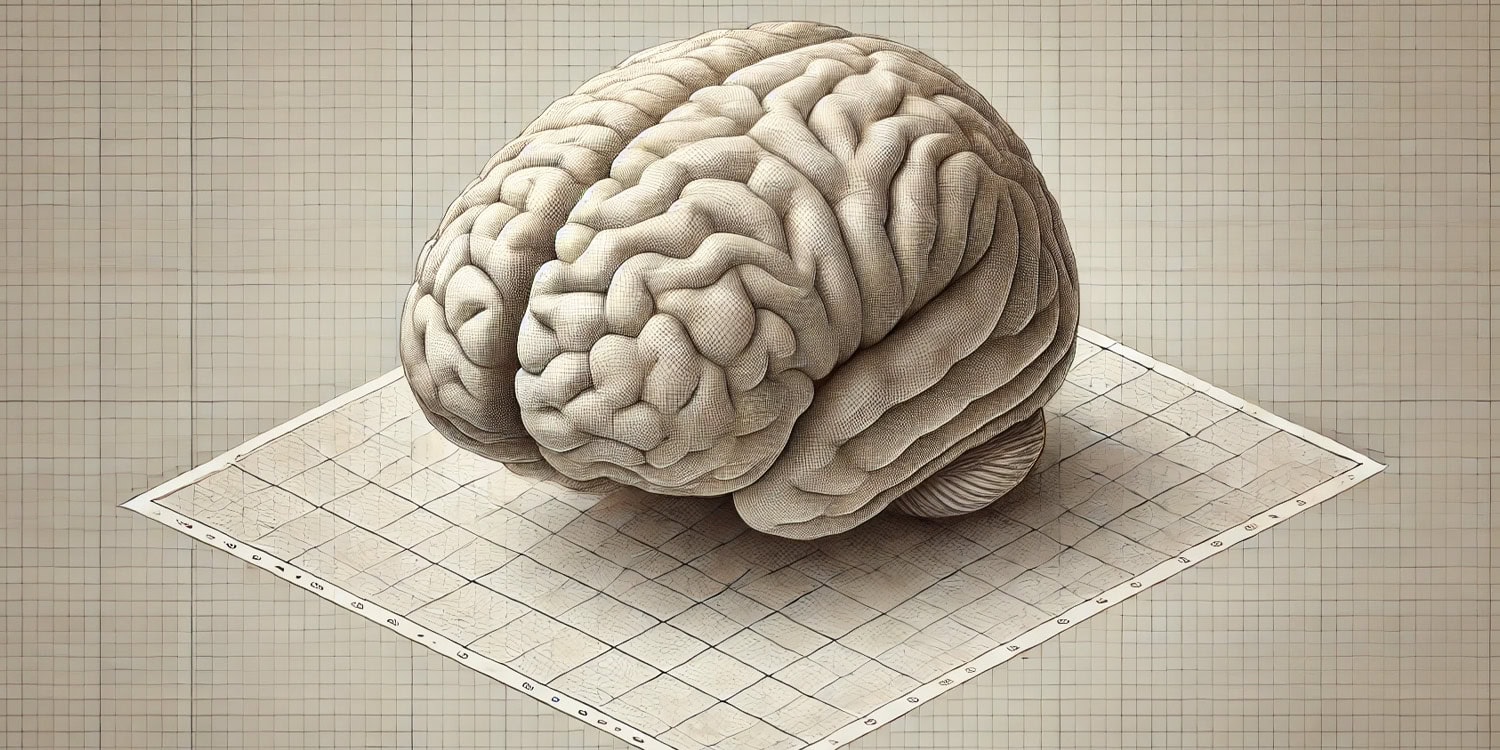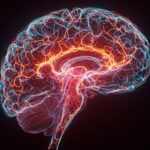Accelerated biological aging is strongly associated with reductions in brain volumes, according to a study published in the Journal of Affective Disorders.
Chen Liu and colleagues conducted this study to explore how biological aging relates to brain structure. While chronological age has been a standard measure in aging research, it often fails to capture individual differences in aging processes.
Recent methods for calculating biological aging, such as the Klemera-Doubal Method (KDM) and PhenoAge, leverage biomarkers to provide a more detailed understanding of aging. Previous studies have shown that brain volume decreases with age, with significant loss occurring in regions like the gray matter, white matter, and hippocampus. However, the role of biological aging in these structural changes is less understood.
Leveraging advancements in neuroimaging and biomarkers, this study bridges biological and structural measures of aging to better understand neurodegenerative processes.
Liu and colleagues utilized data from the UK Biobank, a large-scale, population-based cohort consisting of over 500,000 participants. The researchers selected 14,725 individuals with complete data on relevant biomarkers and brain imaging. The sample had a mean age of ~ 55 years and approximately equal numbers of men and women. Brain volumes were measured using magnetic resonance imaging (MRI) and included gray matter, white matter, and specific brain structures such as the thalamus and hippocampus. These measurements were normalized and adjusted to account for inter-individual differences.
The study assessed biological aging using two advanced metrics, the KDM and PhenoAge, both derived from blood chemistry data. KDM incorporates biomarkers like albumin, creatinine, and C-reactive protein, while PhenoAge uses overlapping and additional biomarkers related to mortality risk. Both metrics provided a measure of biological aging acceleration by calculating the residual differences between biological aging and chronological age. These residuals, termed KDM-acceleration and PhenoAge-acceleration, reflected the extent to which an individual’s biological aging diverged from their chronological age.
Key demographic and lifestyle factors, such as sex, body mass index (BMI), smoking status, physical activity, and socioeconomic deprivation (measured by the Townsend Deprivation Index, TDI), were included as covariates to minimize confounding influences.
The study revealed a strong connection between accelerated biological aging and decreases in brain volume across several key regions. Individuals with higher levels of biological aging, as measured by two advanced biomarkers, tended to have less gray matter and white matter, as well as smaller hippocampus and thalamus structures. This relationship persisted even after accounting for factors like age, sex, body mass index, and socioeconomic status. This suggests that biological aging, beyond chronological age, plays a significant role in structural brain changes.
Interestingly, the effects of biological aging on brain volume were influenced by certain demographic and socioeconomic factors. Women showed more pronounced reductions in brain volume linked to biological aging compared to men. Similarly, younger adults (those under 55) experienced stronger associations between biological aging and brain structure changes, highlighting the potential for these effects to begin earlier in life.
Furthermore, individuals living in more socioeconomically deprived conditions had greater brain volume loss associated with biological aging, suggesting that environmental factors may amplify these biological effects.
The study’s cross-sectional design limits causal inferences. Additionally, the predominantly White UK Biobank sample limits the generalizability of findings.
Overall, these results underscore the significant role of biological aging in brain volume reductions, highlighting the importance of early interventions targeting aging-related biomarkers.
The study, “Association of Accelerated Biological Aging with Brain Volumes: A Cross-Sectional Study,” was authored by Chen Liu, Qingqing Cai, Yifan Gou, Ye Liu, Meijuan Kang, Jingni Hui, Ruixue Zhou, Panxing Shi, Bingyi Wang, and Feng Zhang.




